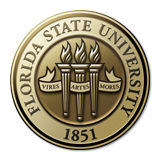|
Current Week [Jul 13, 2025 - Jul 19, 2025] |
| July |
| S |
M |
T |
W |
R |
F |
S | | | | 1 | 2 | 3 | 4 | 5 | | 6 | 7 | 8 | 9 | 10 | 11 | 12 | | 13 | 14 | 15 | 16 | 17 | 18 | 19 | | 20 | 21 | 22 | 23 | 24 | 25 | 26 | | 27 | 28 | 29 | 30 | 31 | | |
|
|
Today:
|
Nothing Scheduled for Today
|
|
Entries for this week: 1
|
|
| Monday July 14, 2025 |
Austin Orgeron Advanced Topic Exam
Nonlinear diffusion in fragmented habitats
|
|
|
